If you live in an area full of snakes, it can be quite an exciting experience. Some of them are totally harmless and amazing to watch, whereas others should be avoided at all costs! Here are 17 snakes to look out for and to avoid.
Venomous Vipers
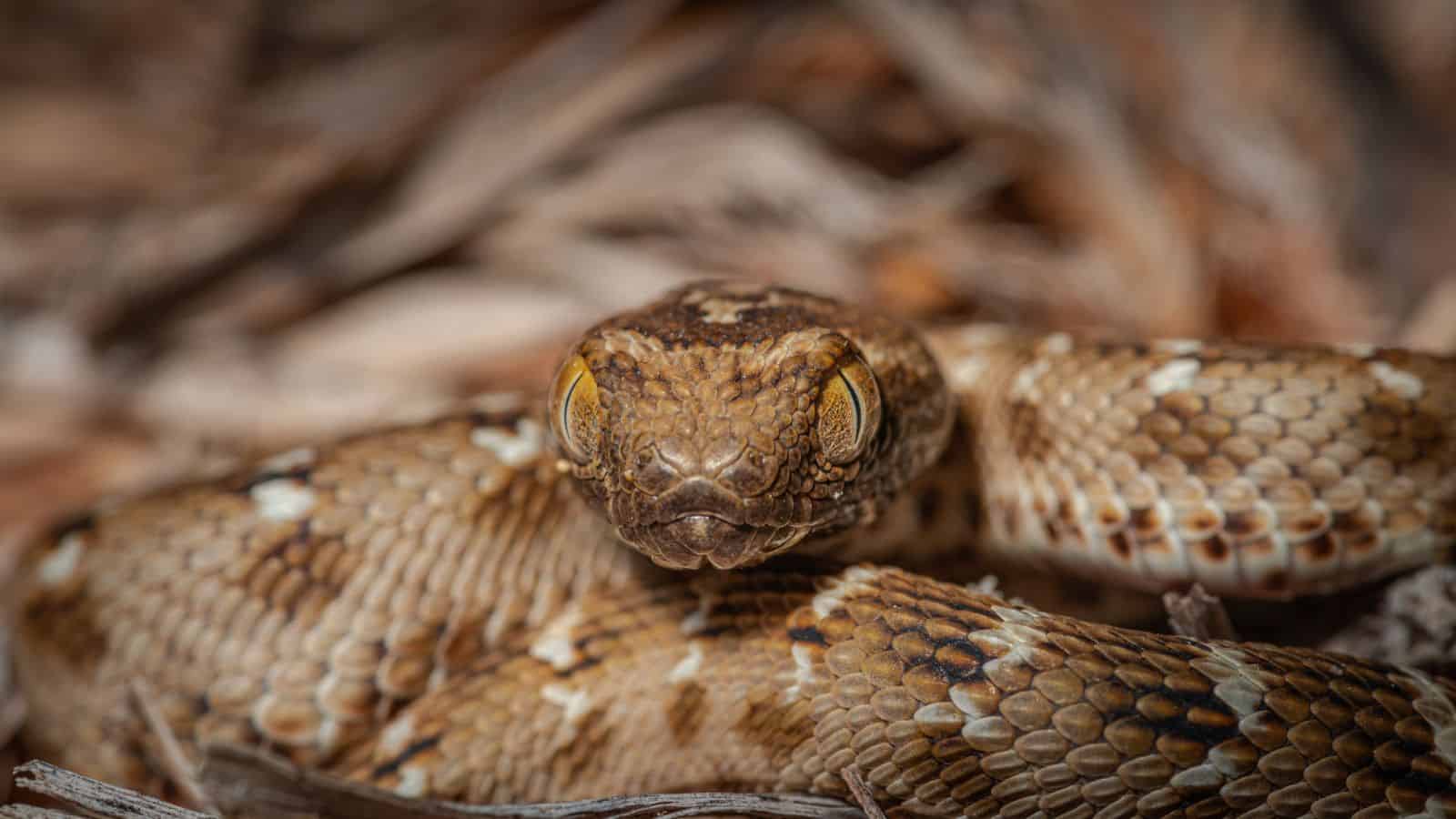
As many of us know, the viper is likely to be bad news if you run into one in your garden. Studies by the National Institutes for Health show that this type of snake is responsible for some of the most frequent biting incidents around the world!
Coral Snakes
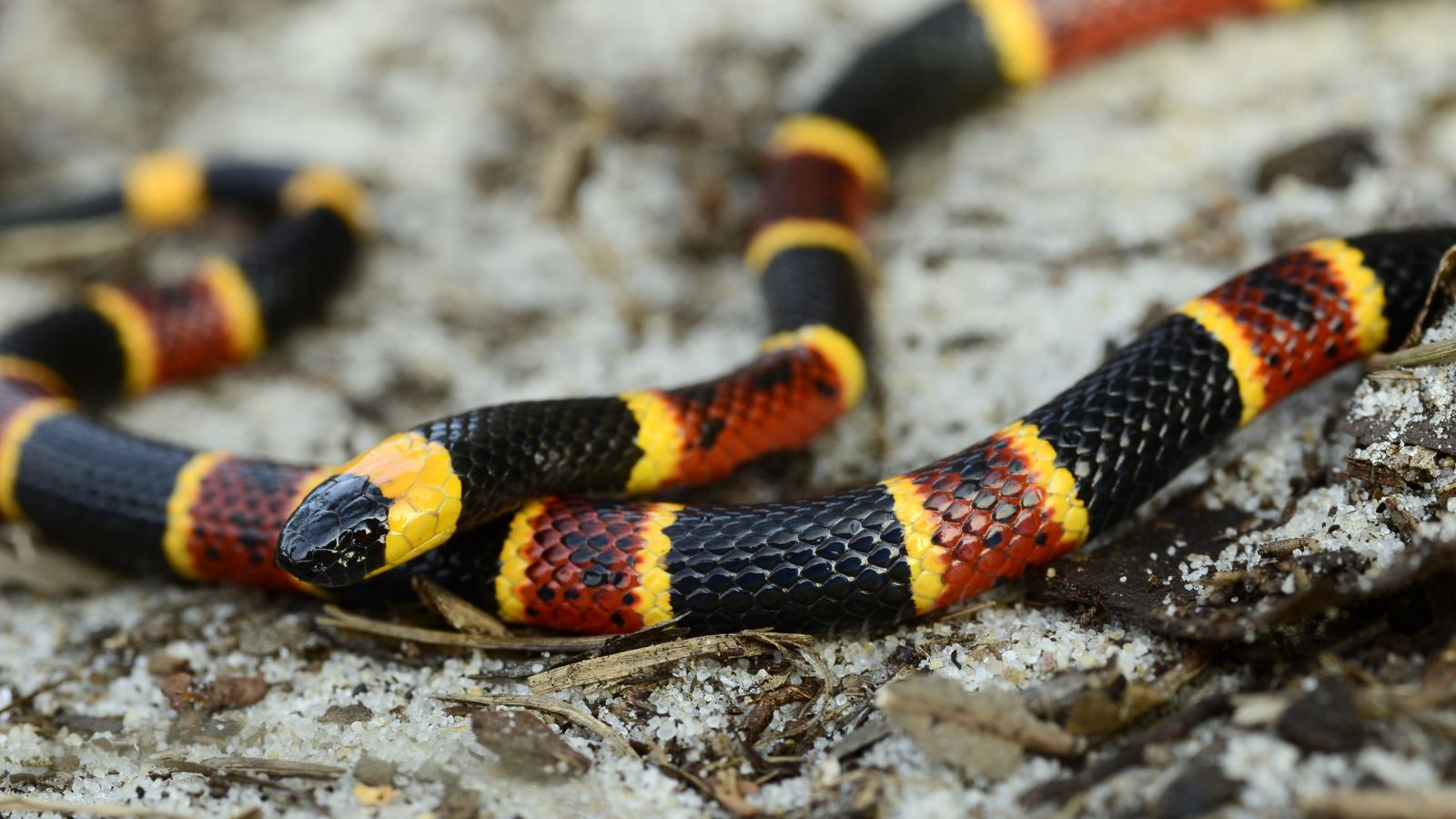
Coral snakes’ distinctive color pattern (red, yellow, and black bands) makes them easy to identify. If you ever see one with this pattern, stay away. They’re shy but can bite when feeling provoked and are highly venomous when they do so.
Cottonmouths
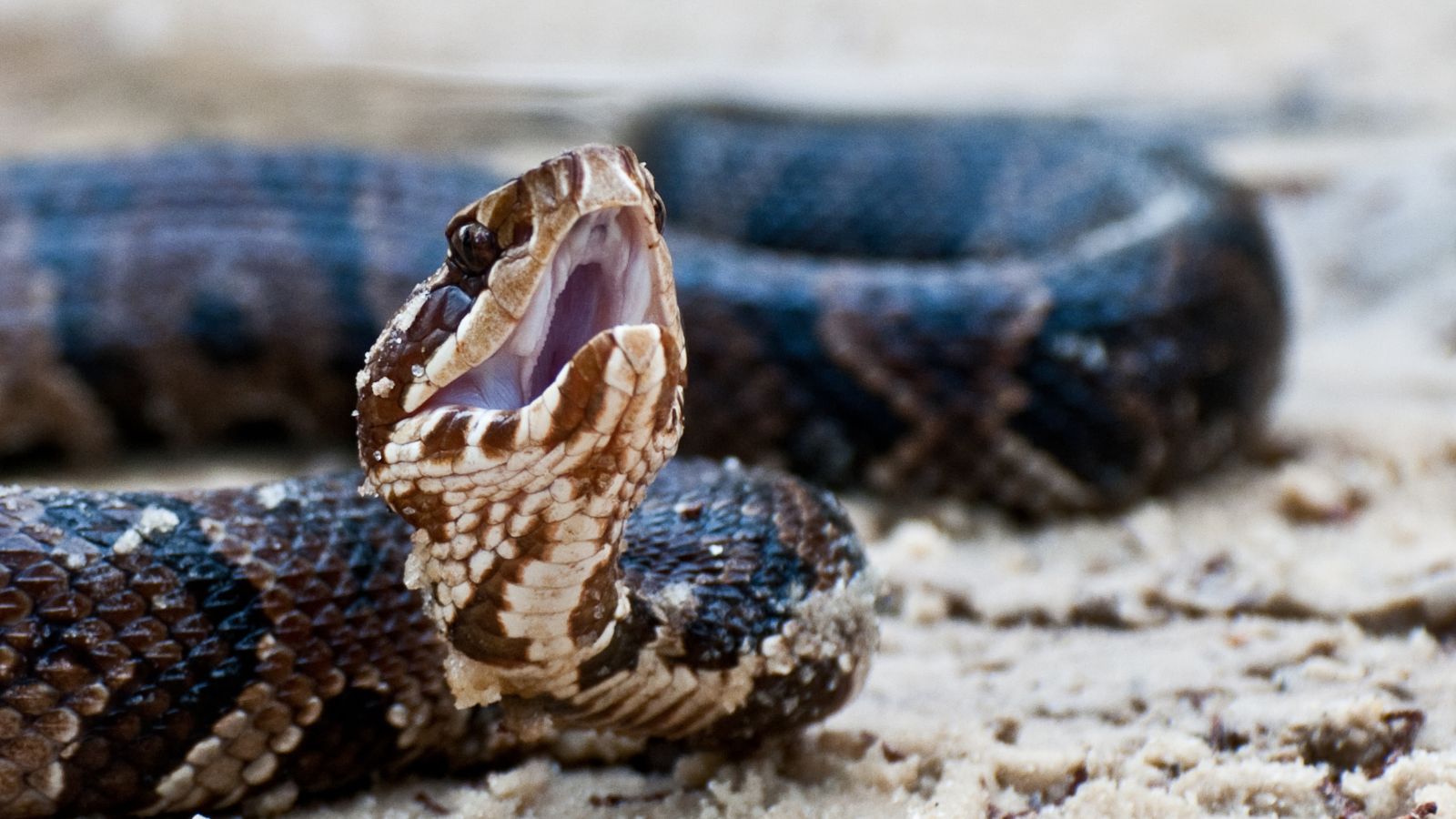
The cottonmouth, also known as the water moccasin, is a very aggressive species of snake when it feels threatened, so don’t get too close if you see one in your garden. They look similar to some non-venomous snakes, too, so do your research on identification.
Copperheads
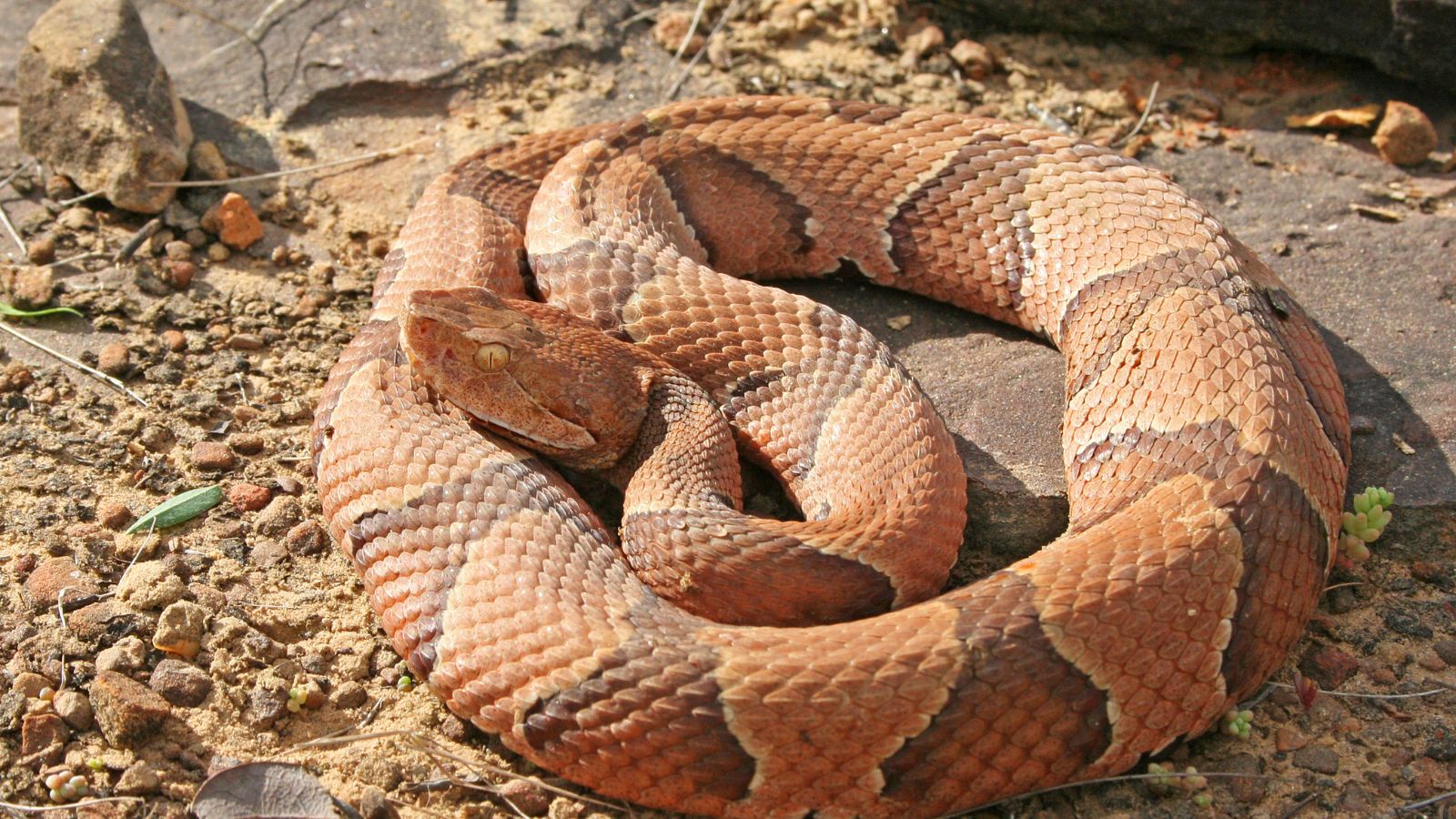
The copperhead snake is widely considered to be the master of camouflage, so you might not spot one in your garden until the very last minute. It’s worth understanding their diet and behavior so that you don’t inadvertently invite them to hang out there.
Eastern Diamondback Rattlesnakes
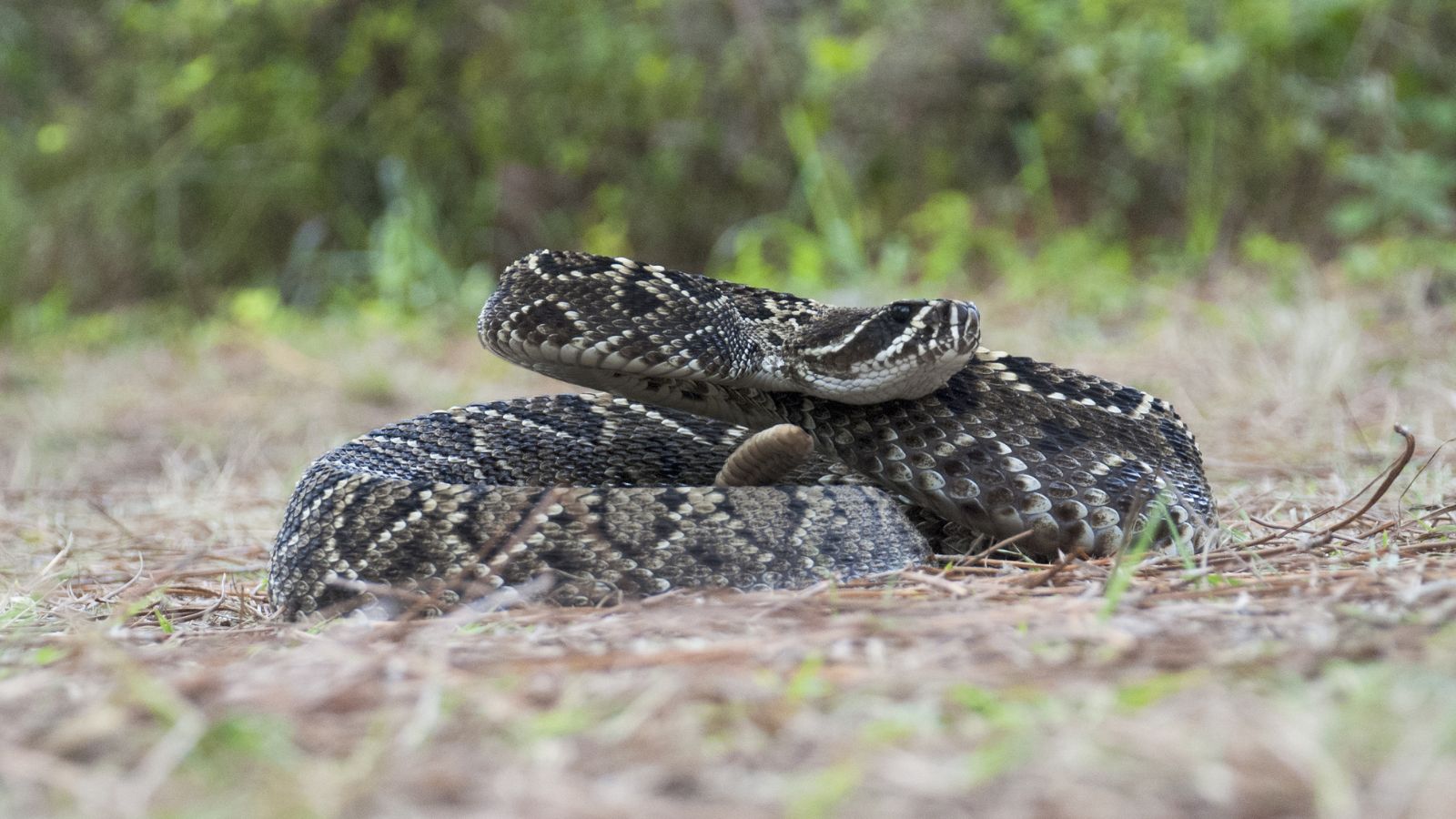
Of course, a list of snakes to avoid would not be complete without the classic, most dangerous species of rattlesnake, the Eastern Diamondback. The good news is that they’re easy to identify because of their pattern, but the bad news is that they’re common to find and are extremely dangerous.
Black Mambas

Terrifyingly, the mortality rate from a black mamba bite is 100%, according to Safari Avventura. So, it speaks for itself why you’d want to avoid encountering one of these in your garden! Not only is its bite lethal, but it’s fast and agile, so make sure to get out of there if you ever see one.
Pythons
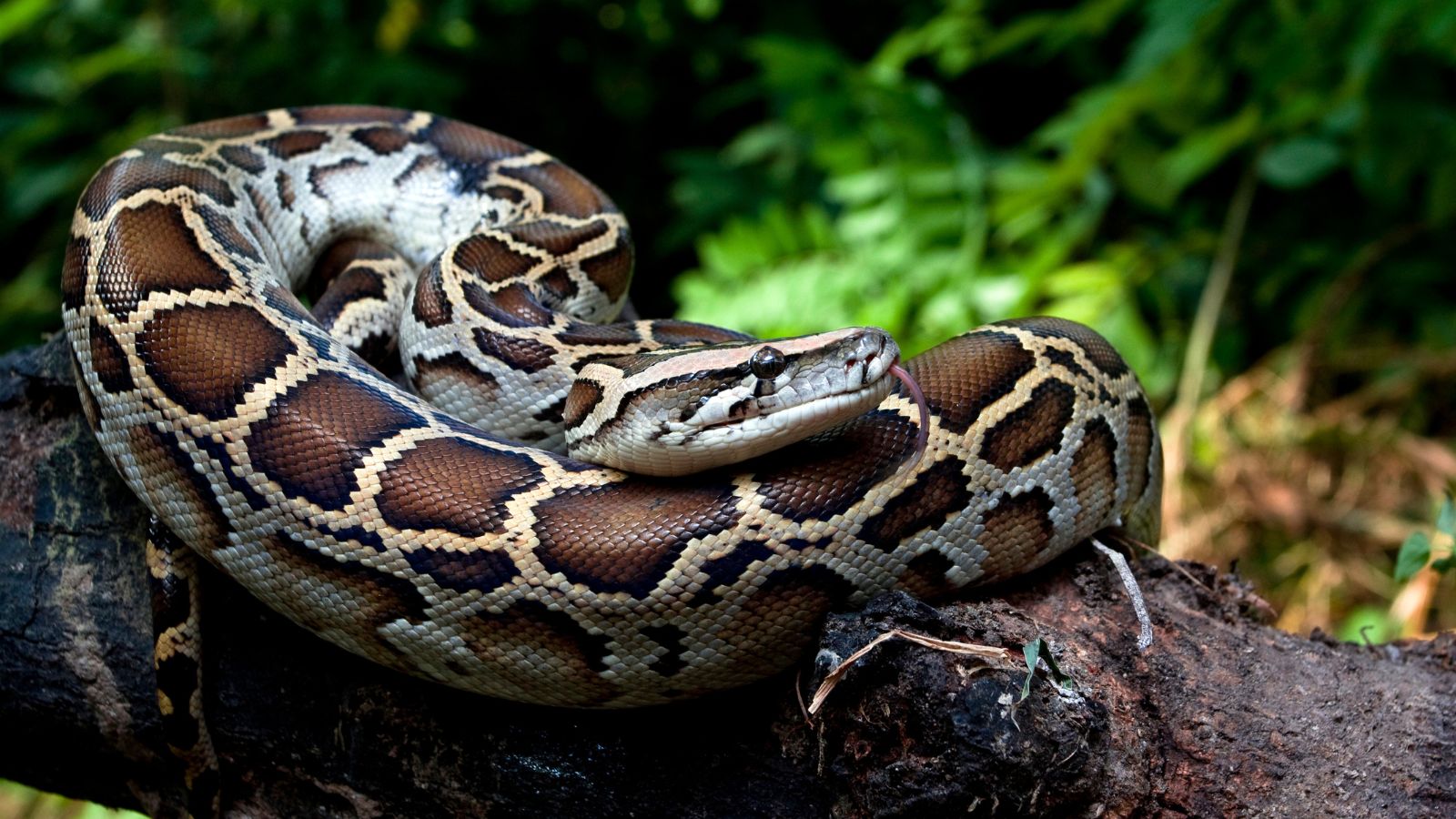
The python isn’t venomous, but it poses another threat that means you definitely don’t want to see it in your garden. Its constricting power can be very dangerous to pets or even small children, so avoid these at all costs. Learning their feeding habits is a good way to do this.
Puff Adders
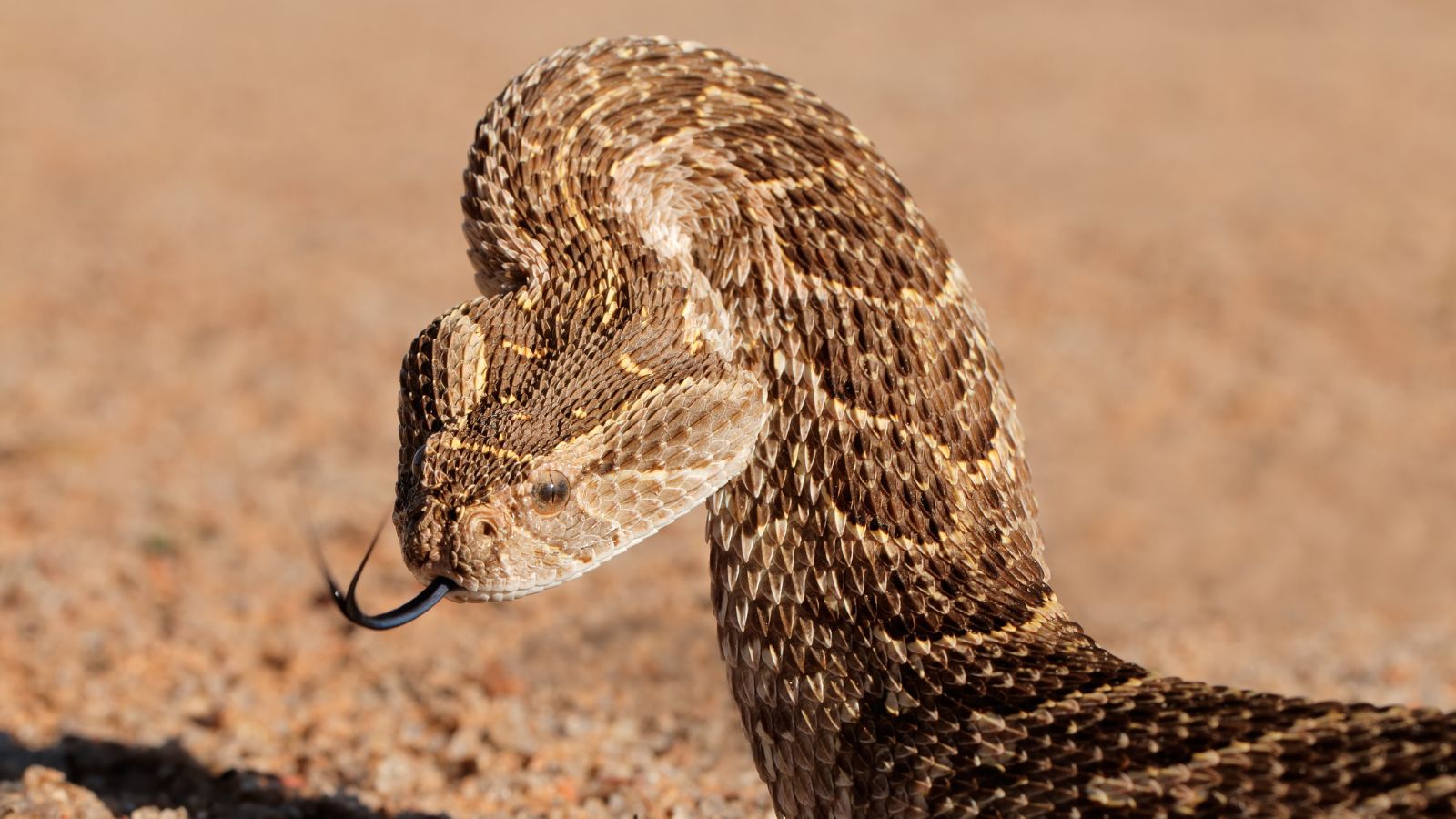
The puff adder is another highly venomous snake that can act aggressively and bite if it feels threatened. They’re often found in grassy areas, so if you’re unlucky, they could make their way into your garden. Their slow movement makes them hard to spot until you’re close.
King Cobras
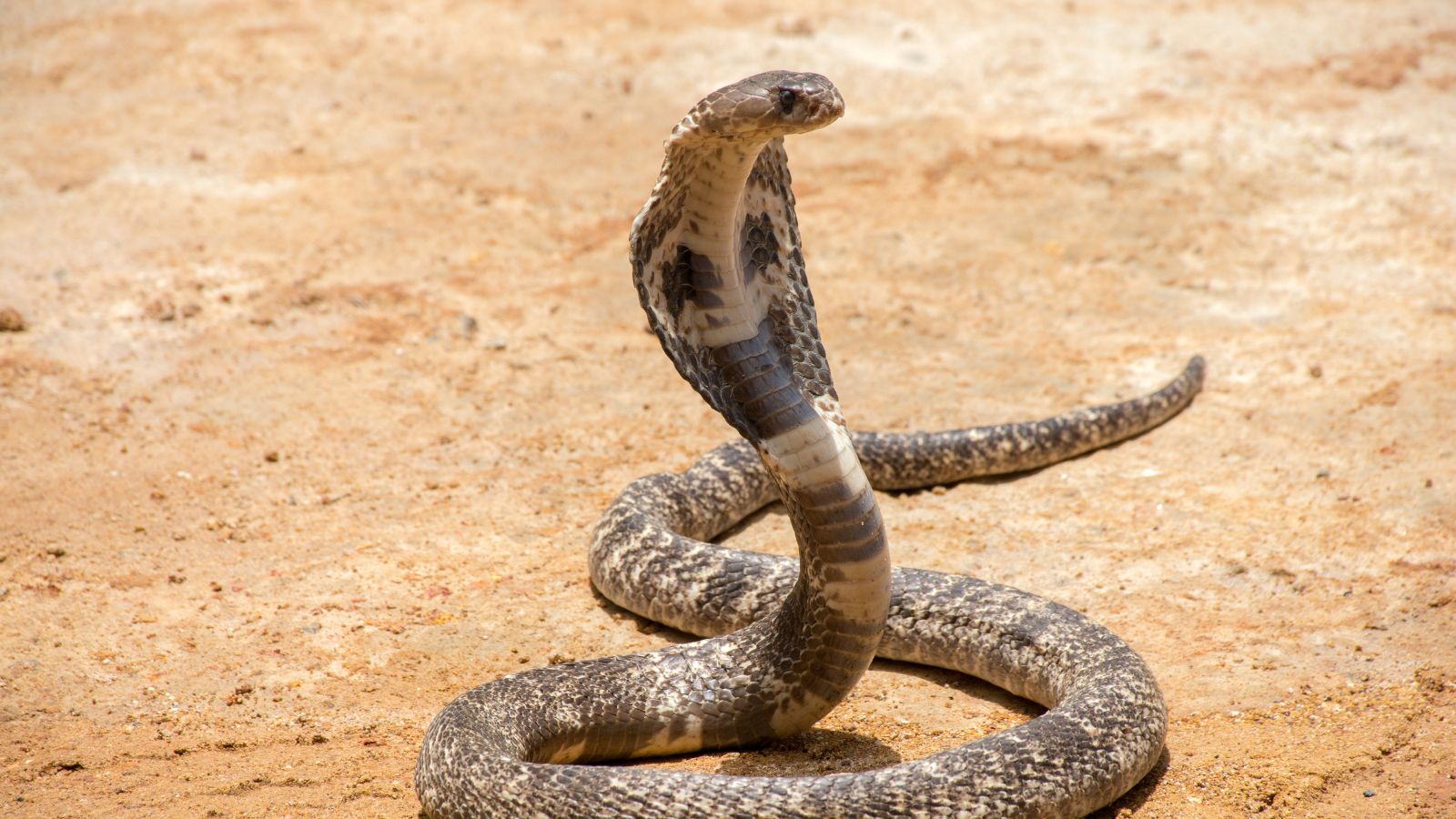
The King Cobra is famous for being the world’s longest venomous snake. It’s feared for its potent venom and sheer size. You won’t often find these in your garden, but they can certainly appear there by accident from time to time, so it’s a good idea to be able to identify them.
Sea Snakes
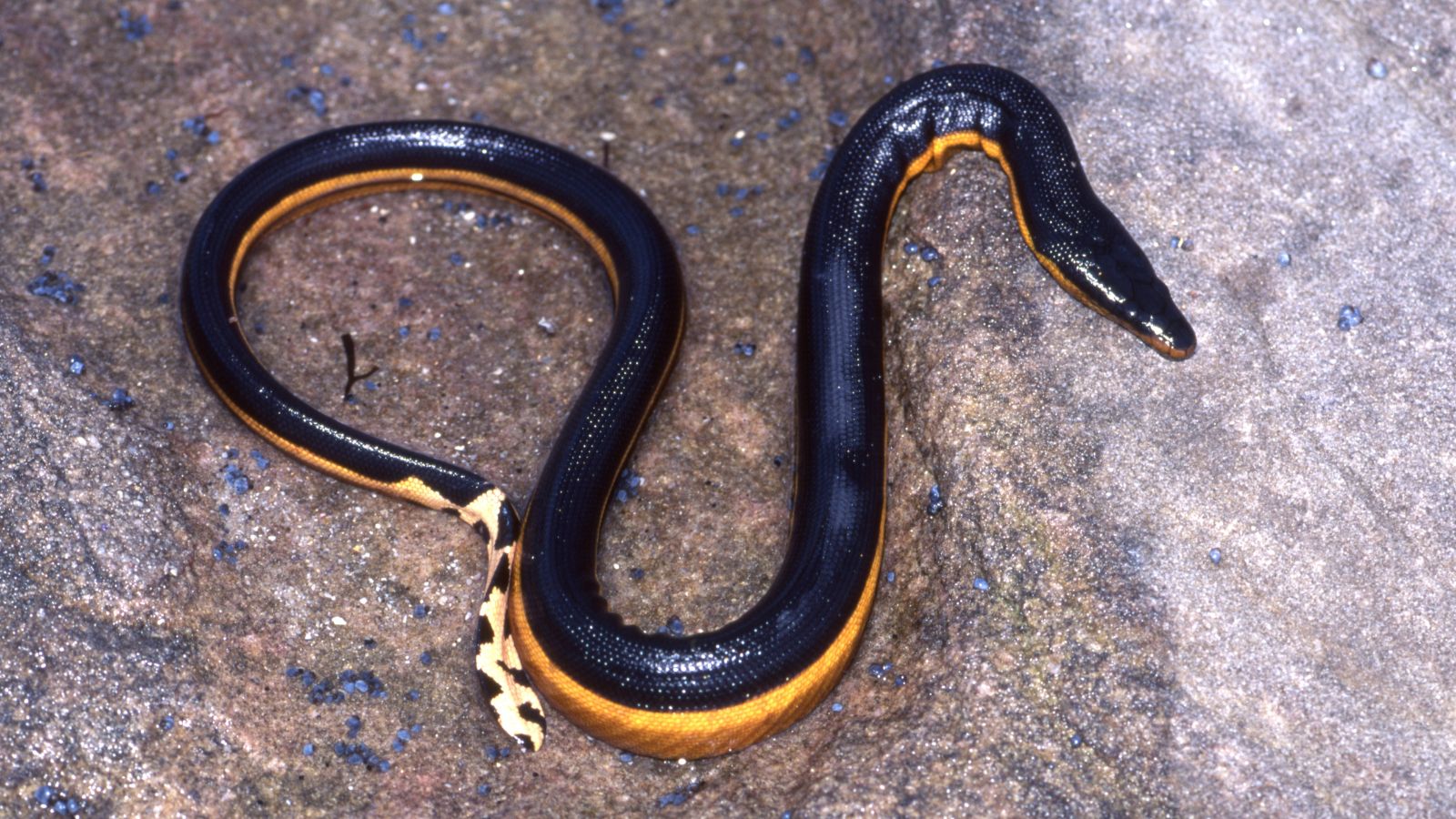
The sea snake isn’t typically a garden visitor, but it could well be in coastal regions. Barrier Reef Australia says that their bites can be lethal, although there have thankfully been no reported cases of death among humans. Still, we wouldn’t want to take our chances…
Australian Taipans
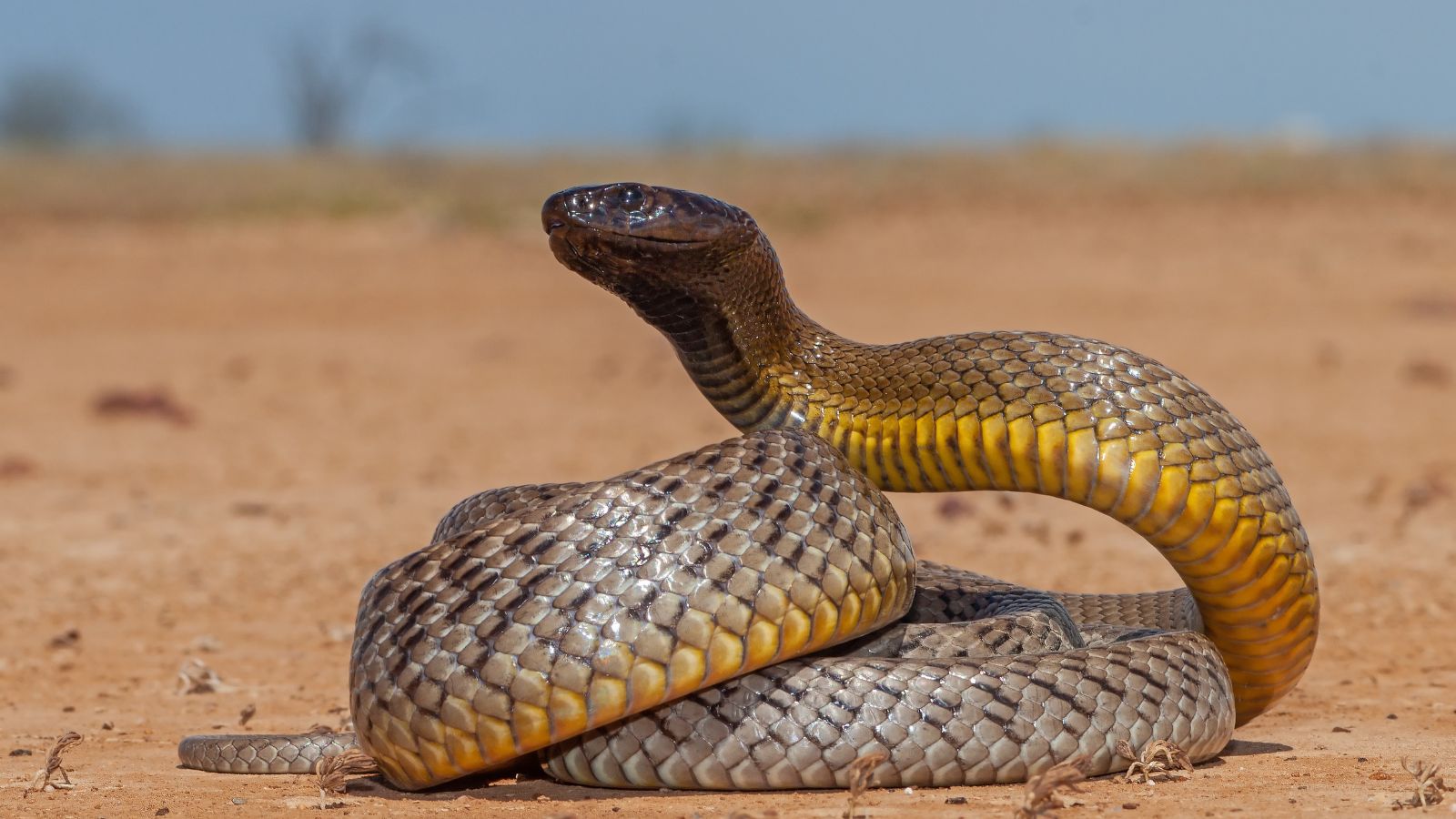
If you’re based down under, you’re going to want to make sure that you avoid the Australian Taipan as much as you can! It’s one of the most venomous snakes in the world. Not only that, it’s super fast and aggressive, so it can cause serious damage before you know it.
Saw-scaled Vipers
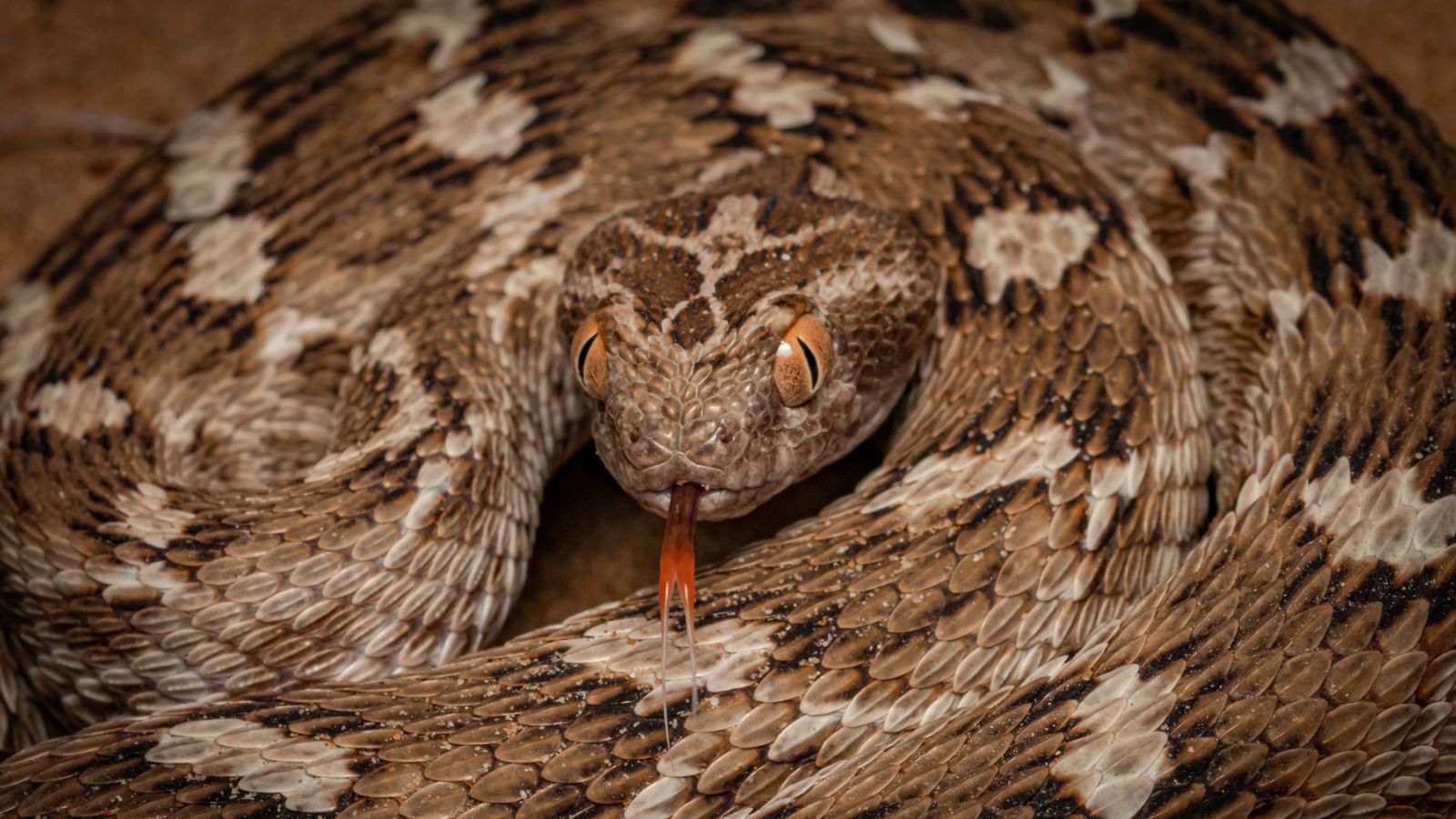
We’ve already discussed vipers in general, but it’s worth revisiting them to highlight the Saw-scaled Viper. These pocket-sized snakes might not look threatening, but they’re highly dangerous because of their super-potent venom. As well as their venom, they can also be really quick to bite so watch out.
Rinkhals
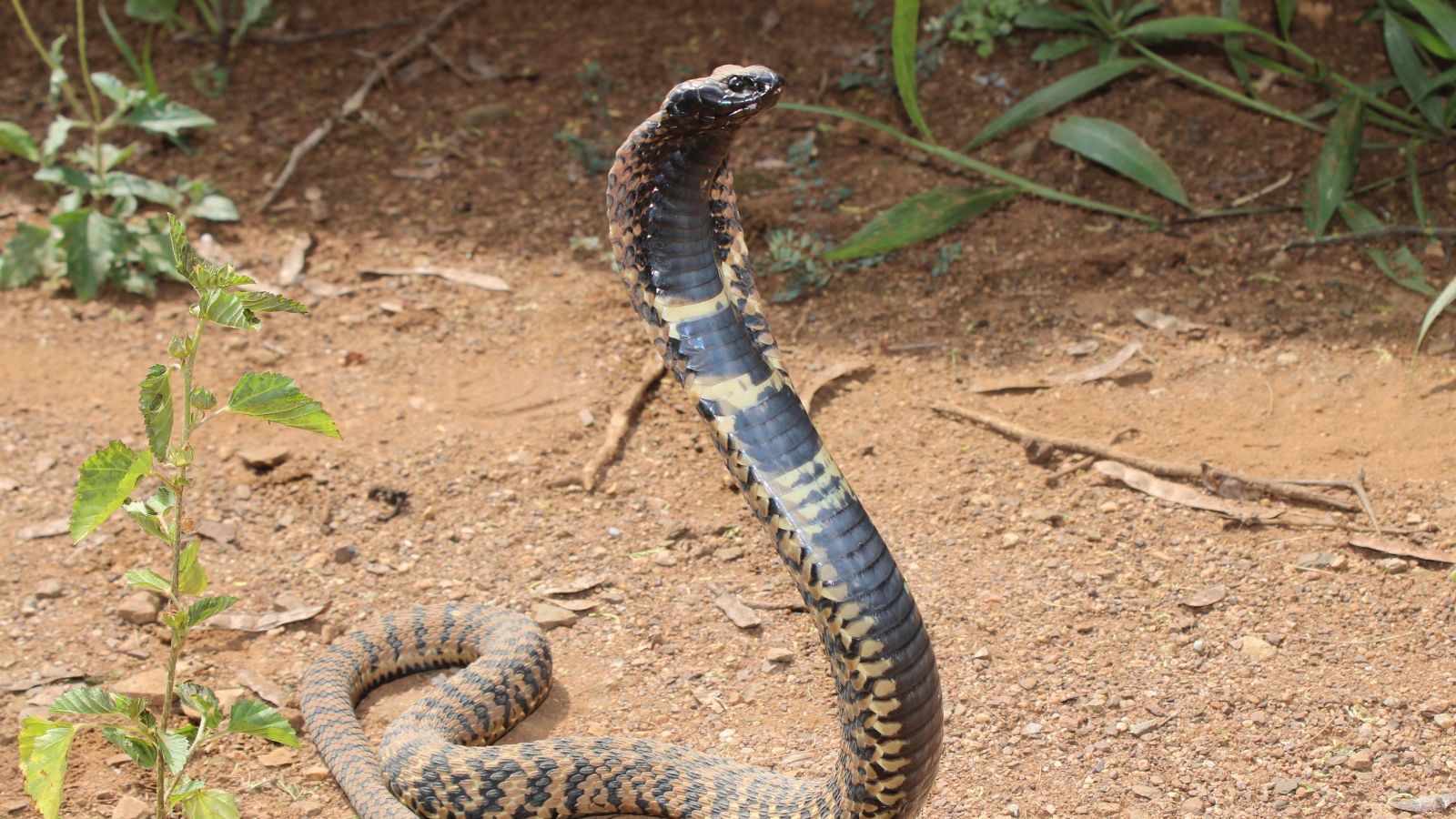
There’s an extra level of danger to the rinkhal as it doesn’t have to actually bite you to cause you harm. These things can spray venom from afar, and if that touches you, it’s going to cause a lot of pain. In certain areas of Africa where they’re commonly found, some people wear protective eyewear when gardening for this reason.
Burmese Pythons

USGS reports that this invasive species has been causing a serious problem for local wildlife in the state of Florida and nearby regions. If you see one in your garden, it’s not good news for any creatures living there, but it’s also a dangerous snake, so stay back!
Lancehead Vipers
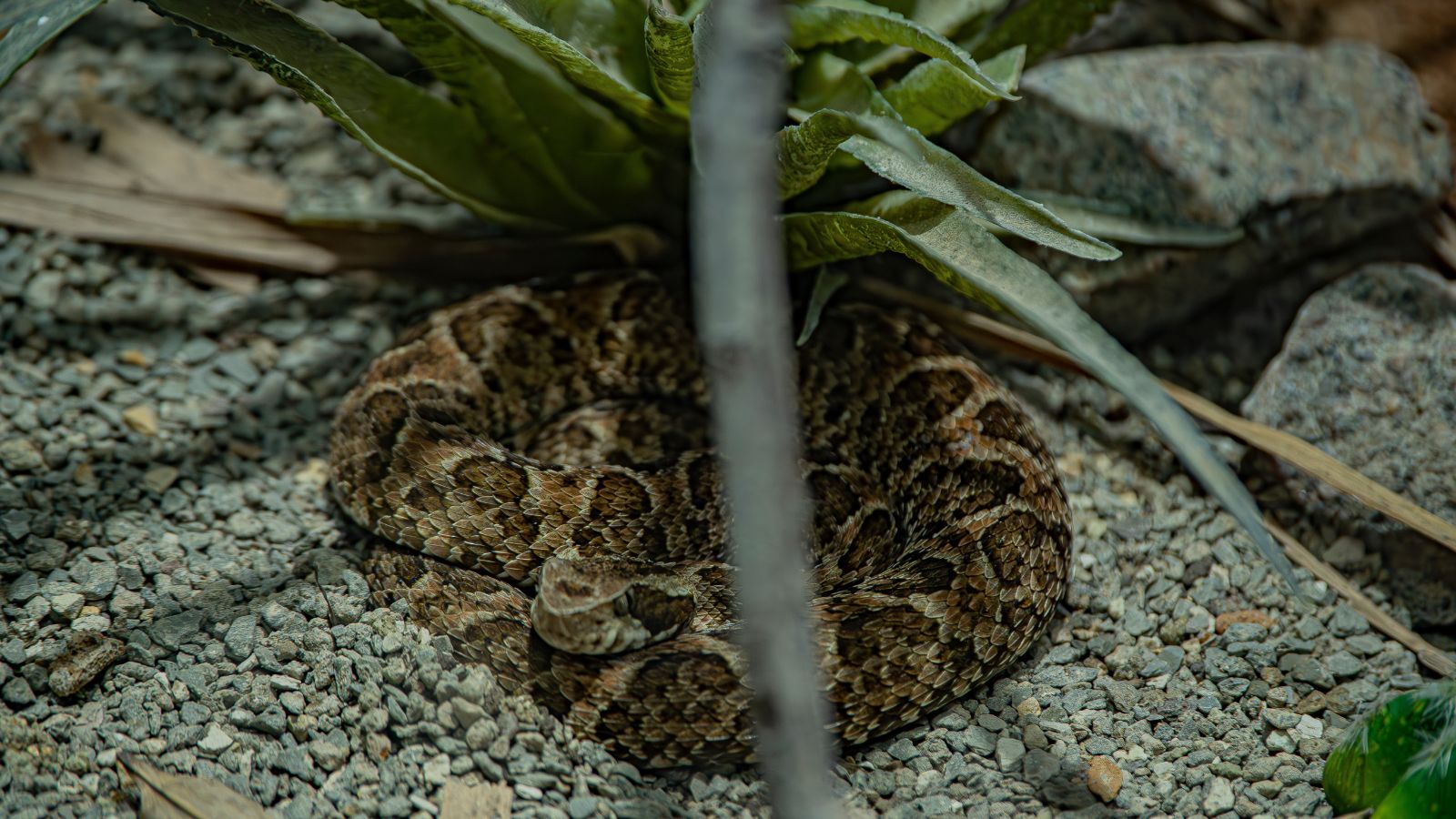
The lancehead viper is responsible for the highest number of snakebite incidents in South America. One key reason for this is that its camouflage makes it very difficult to spot, and when people get close, it’s quick to bite.
Mojave Rattlesnakes
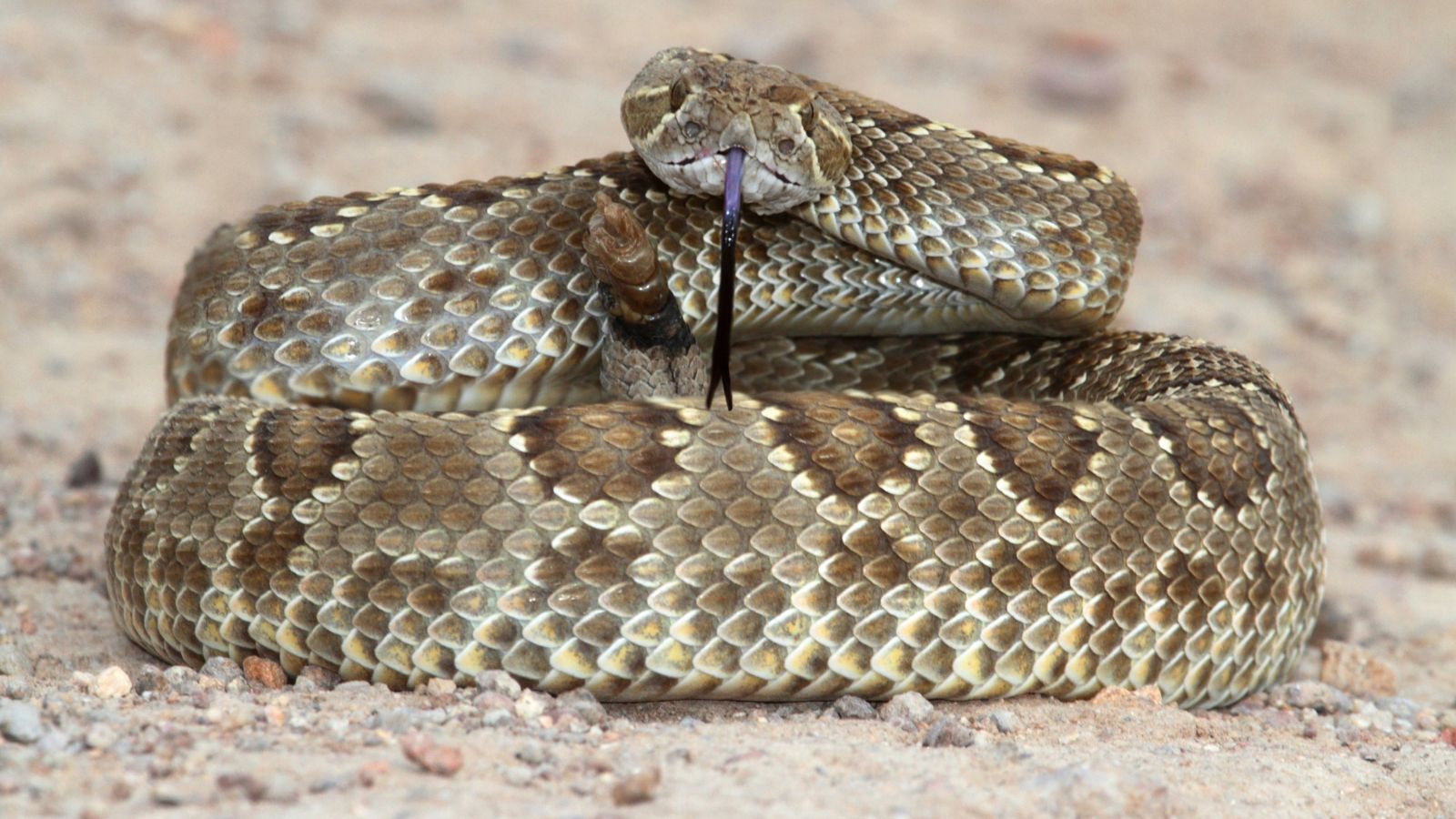
Let’s be honest: you’re going to want to avoid all kinds of rattlesnakes, but one that’s particularly notorious in the U.S. is the Mojave Rattlesnake. A bite will transfer you potent neurotoxic venom that requires immediate medical attention, and it can be lethal if you don’t get that.
Nerodia Snakes
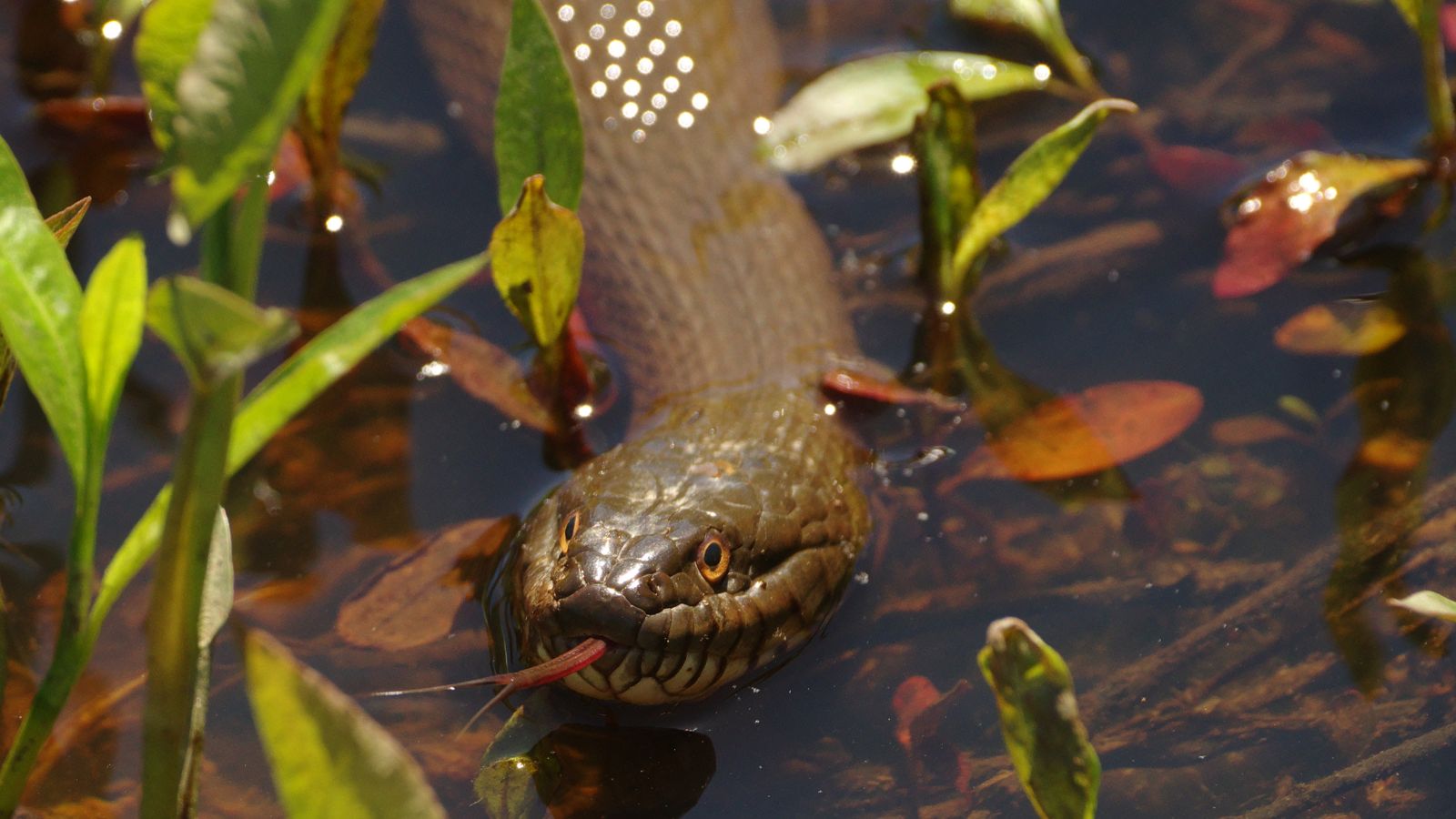
On the flip side of all the venomous snakes we’ve looked at today, it’s worth noting that being able to identify non-venomous snakes like the Nerodia will also help you avoid panic. You can happily hang out with one of these in your garden.
Up Next: 19 American Foods that Are Not Allowed in Other Countries

We can debate all day about who has the safest food supply in the world. Though, I’d bet you would be surprised at how many everyday American foods are banned in other countries. Most are due to chemical additives and pesticides, which, in places like the EU, cannot be approved for use unless proven safe. Let’s take a look at 19 of them.
19 American Foods that Are Not Allowed in Other Countries
19 Things That Will Happen When You Stop Drinking Alcohol

Whether you identify as an alcoholic or a casual drinker, alcohol can have a significant negative impact on your health. This is why more and more people are choosing to go cold turkey for the sake of their well-being. If you’re considering going sober but need a little more convincing, we’ve got you covered. Here are 19 things that will happen when you stop drinking alcohol.
19 Things That Will Happen When You Stop Drinking Alcohol
17 Things Guests Actually Notice Right Away About Your House

Inviting people into your home is a big deal. You may be very house-proud or house-conscious, and if you are either, you’ll likely get anxious about hosting. If this sounds like you, stop worrying and focus on the following 17 things that guests actually notice right away about your house.
17 THINGS GUESTS ACTUALLY NOTICE RIGHT AWAY ABOUT YOUR HOUSE
